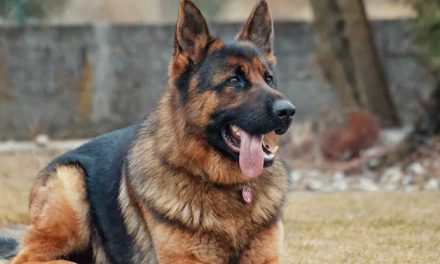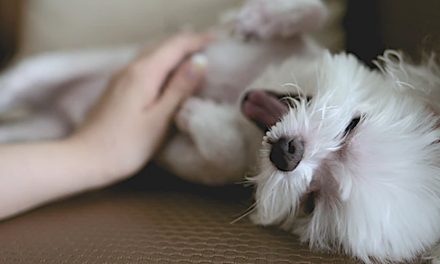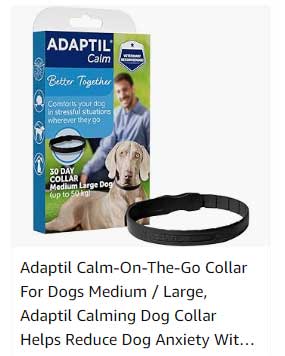Dogs are known for their ability to communicate through barking, growling, and whining.
However, anxiety-related whining can be one of the more concerning behaviors for dog owners.
Understanding the underlying causes of this anxiety and implementing effective strategies can help provide your pup with the comfort they need, leading to a more harmonious home environment.
Understanding Anxiety Whining
Before attempting to remedy anxiety whining, it’s essential to understand why your dog may be exhibiting this behavior.
Anxiety in dogs can stem from various sources, including separation from their owner, loud noises, unfamiliar environments, or changes in their routine.
When dogs are anxious or stressed, they often manifest this distress through whining as a cry for attention or help.
Recognizing the Signs
Whining might seem like a minor behavior, but it can escalate into more severe anxiety issues if left unaddressed.
Look out for other signs of anxiety, such as pacing, incessant barking, destruction of property, or excessive drooling.
By recognizing these signs early, you can intervene and help alleviate your dog’s discomfort.
Establishing a Safe Space
One of the first steps in combating anxiety is to create a safe and comforting environment for your dog.
This could be a cozy bed in a low-traffic area of your home, equipped with their favorite toys and blankets.
You can also introduce a crate or a specific room where your dog feels secure.
If your dog has a favorite blanket or clothing item that smells like you, consider incorporating it into their safe space.
Training and Positive Reinforcement
Training plays a crucial role in managing anxiety.
Implementing positive reinforcement techniques can help change your dog’s behavior gradually.
Start by teaching them cues such as “quiet” or “settle.” When your dog is calm, reward them with treats or praise so they begin to associate calm behavior with positive outcomes.
Consistency is key when using commands; your dog will be more responsive to training if you remain patient and consistent in your methods.
Over time, this can help reduce their anxiety and whining, as they learn to trust that they will receive attention and rewards for good behavior.
Gradual Desensitization
If your dog’s anxiety is triggered by specific situations, such as being left alone, consider implementing gradual desensitization.
This involves slowly getting your dog accustomed to the situation that triggers their anxiety.
Start by leaving your dog alone for just a few minutes, and gradually increase the time as they become more comfortable.
Always reward them when you return, reinforcing their calm behavior.
Use of Anxiety Aids
Various products on the market can help reduce anxiety in dogs.
Thundershirts, for example, apply gentle, constant pressure to your dog’s body, much like swaddling a baby.
Many pet owners have found success with these shirts in curtailing anxiety-related whining.
Additionally, anxiety-relief treats or supplements containing calming ingredients—like chamomile or valerian root—can also offer support.
Veterinary Consultation
In cases where your dog’s anxiety is severe, it may be wise to consult your veterinarian.
They can provide insights into your dog’s health and suggest appropriate treatment plans, which may include behavioral therapy or medication.
Don’t hesitate to seek professional help if your dog’s anxiety is affecting their quality of life.
Patience and Understanding
Above all, patience is essential when addressing dog anxiety.
Remember that your canine companion may take time to adjust to new techniques.
Providing a supportive environment where your dog feels loved and safe is crucial for overcoming anxiety.
Conclusion
In summary, tackling dog anxiety whining requires a multifaceted approach that encompasses training, environmental adjustments, and possibly professional assistance.
By understanding the root cause of the whining and implementing positive behavior strategies, you can cultivate a calm and harmonious home.
With love, patience, and commitment, you can help your dog overcome their anxiety, leading to a happier, healthier life together.










